Home>Furniture & Design>Bedroom Furniture>Why Does Memory Foam Hurt My Back


Bedroom Furniture
Why Does Memory Foam Hurt My Back
Modified: October 28, 2024
Discover why memory foam mattresses may cause back pain and how to choose the best bedroom furniture for back support. Explore ergonomic designs and find relief.
(Many of the links in this article redirect to a specific reviewed product. Your purchase of these products through affiliate links helps to generate commission for Storables.com, at no extra cost. Learn more)
Introduction
Introduction
When it comes to getting a good night's sleep, the right mattress and pillow can make all the difference. Many people turn to memory foam mattresses and pillows for their purported comfort and support. However, some individuals find that these memory foam products actually exacerbate their back pain. If you're among those who have experienced discomfort while using memory foam, you're not alone. In this article, we'll delve into the reasons why memory foam may cause back pain and explore alternative options for a restful and pain-free sleep. Whether you're contemplating purchasing a memory foam mattress or already own one, understanding the potential impact on your back health is crucial. Let's unravel the mystery behind why memory foam may hurt your back and uncover strategies to mitigate this issue for a more comfortable and rejuvenating slumber.
What is Memory Foam?
Key Takeaways:
- Memory foam can cause back pain due to its firmness, heat retention, and compatibility with different sleeping positions. Understanding these factors helps in choosing the right mattress for a comfortable and pain-free sleep.
- When selecting memory foam bedding, consider factors like firmness, quality, temperature regulation, and sleeping position to minimize the risk of back pain. Exploring alternative materials like latex and innerspring mattresses offers diverse options for personalized comfort.
Read more: Why Does My Recliner Hurt My Back
What is Memory Foam?
Memory foam, also known as viscoelastic foam, is a popular material used in mattresses, pillows, and other bedding products. Developed by NASA in the 1960s to improve the safety of aircraft cushions, memory foam is designed to respond to body heat and pressure, conforming to the sleeper’s shape and offering personalized support. This unique characteristic allows memory foam to distribute body weight evenly, alleviating pressure points and promoting proper spinal alignment.
Memory foam is renowned for its ability to provide a plush and cradling sensation, which can be especially comforting for individuals seeking relief from aches and pains. Its contouring properties make it a sought-after choice for those with back issues or those who simply desire a luxurious and supportive sleep surface. However, while many people find memory foam to be a game-changer for their sleep quality, others encounter discomfort and back pain when using memory foam products, prompting the question: why does memory foam hurt my back?
Understanding the composition and behavior of memory foam is essential in unraveling the impact it may have on back health. While memory foam offers numerous benefits, its interaction with the body can vary from person to person, leading to diverse experiences and preferences. Let’s explore how memory foam affects back pain and the factors that contribute to its potential to cause discomfort.
How Memory Foam Affects Back Pain
How Memory Foam Affects Back Pain
Memory foam mattresses and pillows are designed to contour to the body’s shape, providing customized support and pressure relief. However, for some individuals, this very attribute can contribute to or exacerbate back pain. The impact of memory foam on back pain can be attributed to several factors, including its firmness level, heat retention properties, and the way it interacts with different sleeping positions.
One of the primary ways memory foam can affect back pain is through its firmness. While memory foam is celebrated for its ability to mold to the body, some individuals may find that it lacks the necessary support for their back, especially if the mattress or pillow is too soft or too firm for their specific needs. This can lead to misalignment of the spine and increased pressure on certain areas, potentially resulting in discomfort or pain.
Additionally, memory foam’s heat retention properties may contribute to back pain for some individuals. The material’s tendency to retain body heat can lead to increased warmth during sleep, which may be undesirable for those who are sensitive to temperature or prone to night sweats. This heat retention can impact sleep quality and exacerbate existing back issues, as temperature regulation plays a crucial role in promoting restful and rejuvenating sleep.
Furthermore, the way memory foam interacts with different sleeping positions can influence its impact on back pain. While memory foam is designed to adapt to the body’s contours, it may not provide adequate support for certain sleeping positions, potentially leading to spinal misalignment and discomfort. For example, individuals who primarily sleep on their stomachs may find that memory foam mattresses or pillows do not sufficiently support their spine in this position, contributing to back strain and discomfort.
Understanding how memory foam affects back pain is essential for making informed decisions about bedding products and optimizing sleep comfort. While memory foam offers numerous benefits, including pressure relief and personalized support, its impact on back health can vary from person to person. By considering the factors that contribute to its potential to cause discomfort, individuals can make informed choices when selecting mattresses and pillows to promote better sleep quality and back health.
Factors That Contribute to Memory Foam Causing Back Pain
Factors That Contribute to Memory Foam Causing Back Pain
Several factors contribute to memory foam causing back pain, influencing the experiences of individuals who use memory foam mattresses and pillows. Understanding these factors can shed light on why memory foam may not be the ideal choice for everyone, despite its widespread popularity.
- Firmness Level: The firmness of memory foam mattresses and pillows plays a significant role in their impact on back pain. While some individuals find the contouring properties of memory foam to be supportive and comfortable, others may experience discomfort if the mattress or pillow is either too soft or too firm for their specific needs. This lack of proper support can lead to spinal misalignment and increased pressure on certain areas, potentially contributing to back pain.
- Heat Retention: Memory foam’s heat retention properties can be a contributing factor to back pain for some individuals. The material’s tendency to retain body heat can lead to increased warmth during sleep, which may be undesirable for those who are sensitive to temperature or prone to night sweats. This can impact sleep quality and exacerbate existing back issues, as temperature regulation is crucial for promoting restful and rejuvenating sleep.
- Sleeping Position: The way memory foam interacts with different sleeping positions can influence its impact on back pain. While memory foam is designed to adapt to the body’s contours, it may not provide adequate support for certain sleeping positions. For example, individuals who primarily sleep on their stomachs may find that memory foam mattresses or pillows do not sufficiently support their spine in this position, contributing to back strain and discomfort.
- Quality and Density: The quality and density of memory foam can also influence its impact on back pain. Higher-quality memory foam tends to offer better support and durability, while lower-quality foam may lack the necessary resilience to provide long-term comfort and spinal alignment. Additionally, the density of memory foam can affect its responsiveness to body weight and pressure, influencing its ability to alleviate pressure points and support the back.
By considering these factors, individuals can gain insight into why memory foam may cause or exacerbate back pain for some users. While memory foam offers benefits such as personalized support and pressure relief, its interaction with the body and sleeping preferences can vary, leading to diverse experiences and potential discomfort. Exploring alternative options and strategies for choosing memory foam mattresses and pillows can help individuals make informed decisions to promote better sleep quality and back health.
Tips for Choosing Memory Foam Mattresses and Pillows
Try adding a firmer mattress topper or using a pillow under your knees to provide better support for your back while sleeping on memory foam.
Tips for Choosing Memory Foam Mattresses and Pillows
While memory foam mattresses and pillows offer the potential for personalized support and pressure relief, selecting the right products is crucial for optimizing comfort and minimizing the risk of back pain. By considering the following tips, individuals can make informed choices when choosing memory foam bedding to promote better sleep quality and back health.
- Optimal Firmness: When selecting a memory foam mattress or pillow, consider the firmness level that best suits your individual needs. While some individuals may prefer a softer feel for enhanced contouring, others may require a firmer surface for adequate support. It’s essential to strike a balance between comfort and proper spinal alignment to minimize the risk of back pain.
- Quality and Density: Prioritize high-quality memory foam products with optimal density to ensure long-term comfort and support. Higher-density memory foam tends to offer better responsiveness to body weight and pressure, promoting proper spinal alignment and pressure relief. Investing in quality memory foam can contribute to a more comfortable and supportive sleep surface.
- Temperature Regulation: Consider memory foam products designed with enhanced breathability and temperature regulation features. Heat retention can be a concern for some individuals, so choosing memory foam with cooling properties can help mitigate discomfort associated with excessive warmth during sleep.
- Adjustable Options: Explore memory foam mattresses and pillows with adjustable features to customize the level of support and firmness. Adjustable components, such as customizable layers or removable inserts, allow for personalized comfort, catering to individual preferences and potential back pain concerns.
- Sleeping Position Consideration: Take into account your primary sleeping position when choosing memory foam bedding. Different sleeping positions may require varying levels of support to maintain proper spinal alignment. For example, side sleepers may benefit from memory foam that contours to the hips and shoulders, while back sleepers may require consistent support for the entire length of the spine.
- Trials and Warranties: Prior to purchasing a memory foam mattress or pillow, inquire about trial periods and warranties. Many reputable manufacturers offer trial periods that allow users to test the product and assess its impact on their sleep quality and back health. Additionally, warranties can provide assurance regarding the longevity and performance of the memory foam bedding.
By applying these tips when selecting memory foam mattresses and pillows, individuals can enhance their chances of finding products that align with their specific needs and preferences. While memory foam offers the potential for customized support and comfort, making informed choices is essential for mitigating the risk of back pain and optimizing sleep quality.
Alternatives to Memory Foam
Read more: Why Does My Bed Hurt My Back
Alternatives to Memory Foam
For individuals seeking alternatives to memory foam mattresses and pillows, several options offer diverse features and benefits to address specific sleep preferences and potential back pain concerns. Exploring these alternatives can provide insight into the variety of bedding materials available, allowing individuals to make informed decisions based on their unique needs and comfort requirements.
- Latex: Latex mattresses and pillows are popular alternatives to memory foam, offering responsive support and natural resilience. Latex provides a buoyant feel and exceptional pressure relief, catering to individuals who prioritize a supportive yet bouncy sleep surface. Additionally, latex is known for its durability and breathability, making it a suitable option for those seeking a long-lasting and temperature-regulating bedding solution.
- Innerspring: Innerspring mattresses feature a coil-based support system, offering a traditional and responsive sleep surface. These mattresses are characterized by their bounce and airflow, providing ample support and minimizing heat retention. Innerspring mattresses are available in various firmness levels to accommodate different preferences and sleeping styles.
- Hybrid: Hybrid mattresses combine the benefits of memory foam, latex, or other materials with an innerspring support system. This combination aims to offer the contouring comfort of specialty foams while maintaining the responsiveness and support of innerspring coils. Hybrid mattresses cater to individuals seeking a balance of pressure relief, support, and temperature regulation.
- Gel-Infused Foam: Gel-infused foam mattresses and pillows feature memory foam or other foam materials infused with cooling gel particles. The gel infusion is designed to dissipate body heat and regulate temperature, addressing concerns related to heat retention. Gel-infused foam provides the contouring properties of memory foam while offering enhanced breathability for a cooler sleep experience.
- Bamboo Charcoal-Infused Foam: Bamboo charcoal-infused foam bedding products utilize the natural properties of bamboo charcoal to enhance breathability and absorb moisture. This material offers odor-neutralizing and hypoallergenic benefits, making it an appealing option for individuals with sensitivities or preferences for a fresh and clean sleep environment.
- Adjustable Air Beds: Adjustable air beds feature customizable air chambers that allow users to adjust the firmness and support levels according to their preferences. These beds cater to individuals with varying support needs, enabling personalized comfort and the potential to alleviate back pain by optimizing spinal alignment.
By exploring these alternatives to memory foam, individuals can identify bedding options that align with their comfort preferences and back health considerations. Each alternative offers unique characteristics and benefits, catering to diverse sleep needs and contributing to a restful and supportive sleep environment.
Conclusion
Conclusion
Choosing the right mattress and pillow is pivotal in ensuring restful and rejuvenating sleep, and for individuals experiencing back pain, this decision holds even greater significance. While memory foam has gained widespread acclaim for its personalized support and pressure-relieving properties, its impact on back health can vary from person to person. Understanding the factors that contribute to memory foam causing back pain is essential for making informed choices and exploring alternative bedding options.
Factors such as firmness level, heat retention, and sleeping position compatibility play a crucial role in determining the suitability of memory foam for individuals seeking comfort and relief from back pain. By considering these factors, individuals can assess their unique needs and preferences, empowering them to make informed decisions when selecting mattresses and pillows.
Furthermore, exploring alternatives to memory foam, such as latex, innerspring, hybrid mattresses, and specialized foam infusions, offers individuals a diverse array of options to address their specific sleep requirements. Each alternative presents distinct features and benefits, catering to various comfort preferences and back health considerations.
Ultimately, the quest for a comfortable and supportive sleep surface is a highly individualized journey. By prioritizing factors such as optimal firmness, quality, temperature regulation, and sleeping position consideration, individuals can enhance their chances of finding bedding solutions that promote better sleep quality and minimize the risk of back pain.
Whether opting for memory foam or exploring alternative materials, the key lies in making informed choices that align with personal comfort preferences and back health needs. By doing so, individuals can create a sleep environment that nurtures their well-being and contributes to a restorative and pain-free slumber.
Frequently Asked Questions about Why Does Memory Foam Hurt My Back
Was this page helpful?
At Storables.com, we guarantee accurate and reliable information. Our content, validated by Expert Board Contributors, is crafted following stringent Editorial Policies. We're committed to providing you with well-researched, expert-backed insights for all your informational needs.

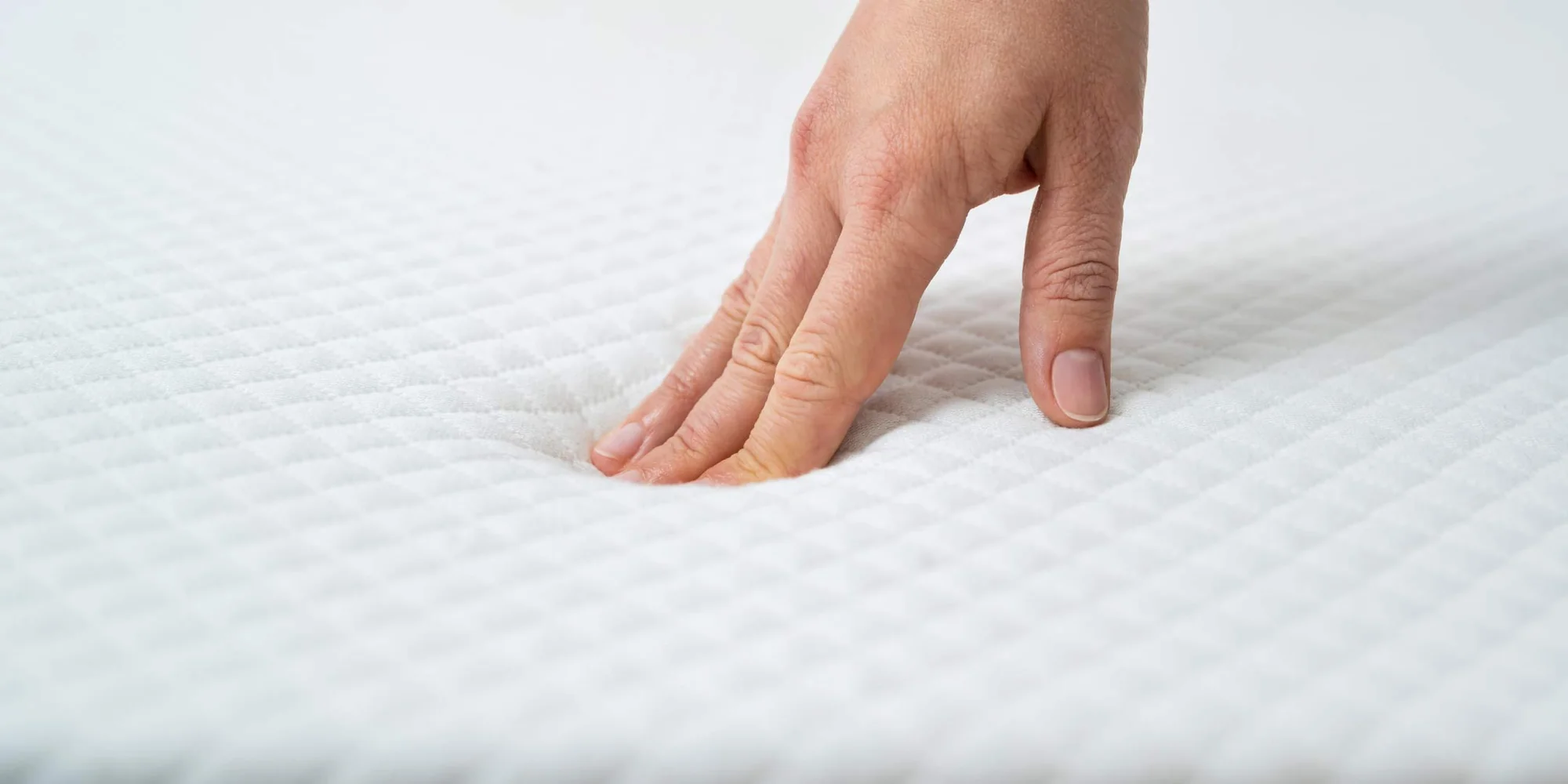
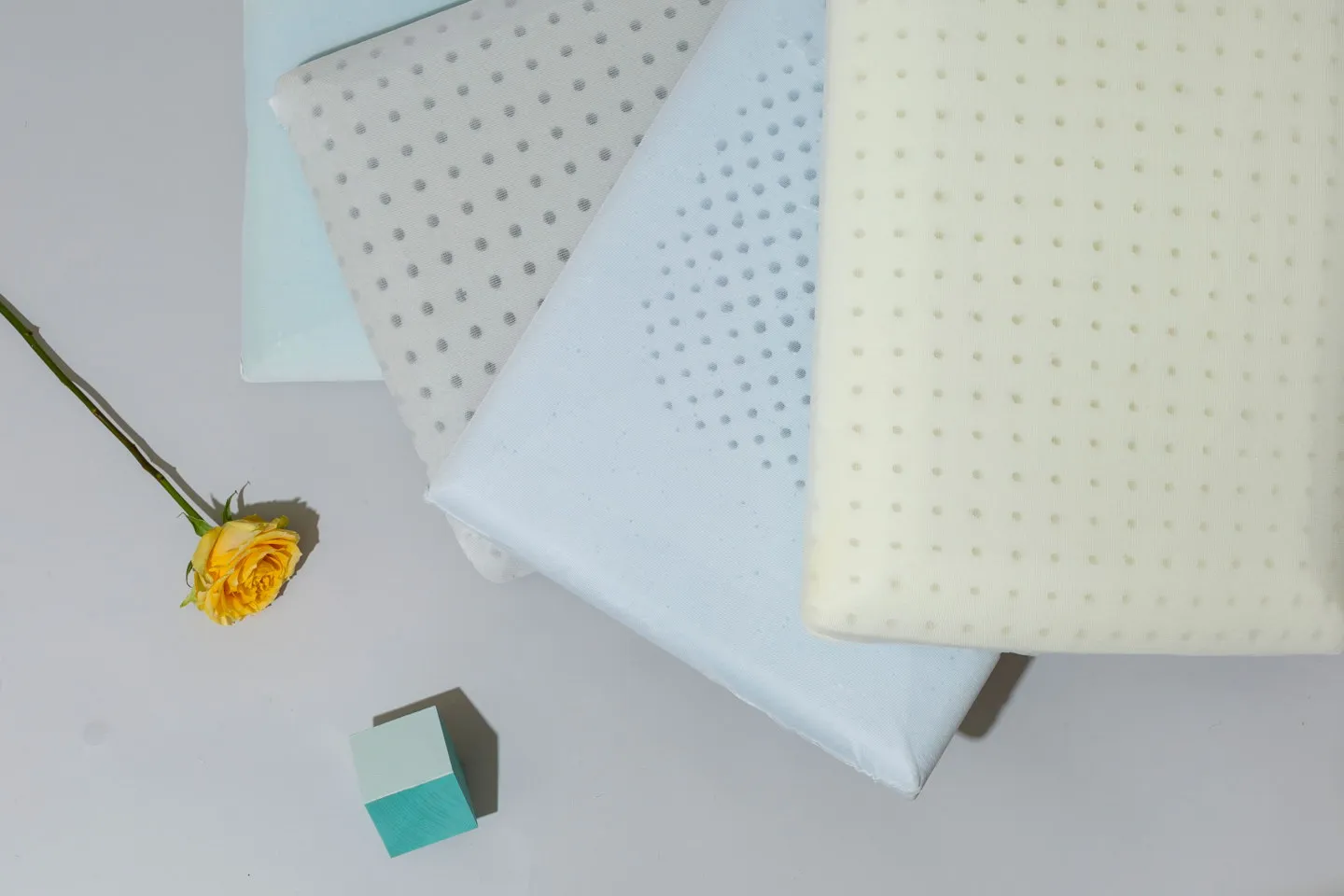

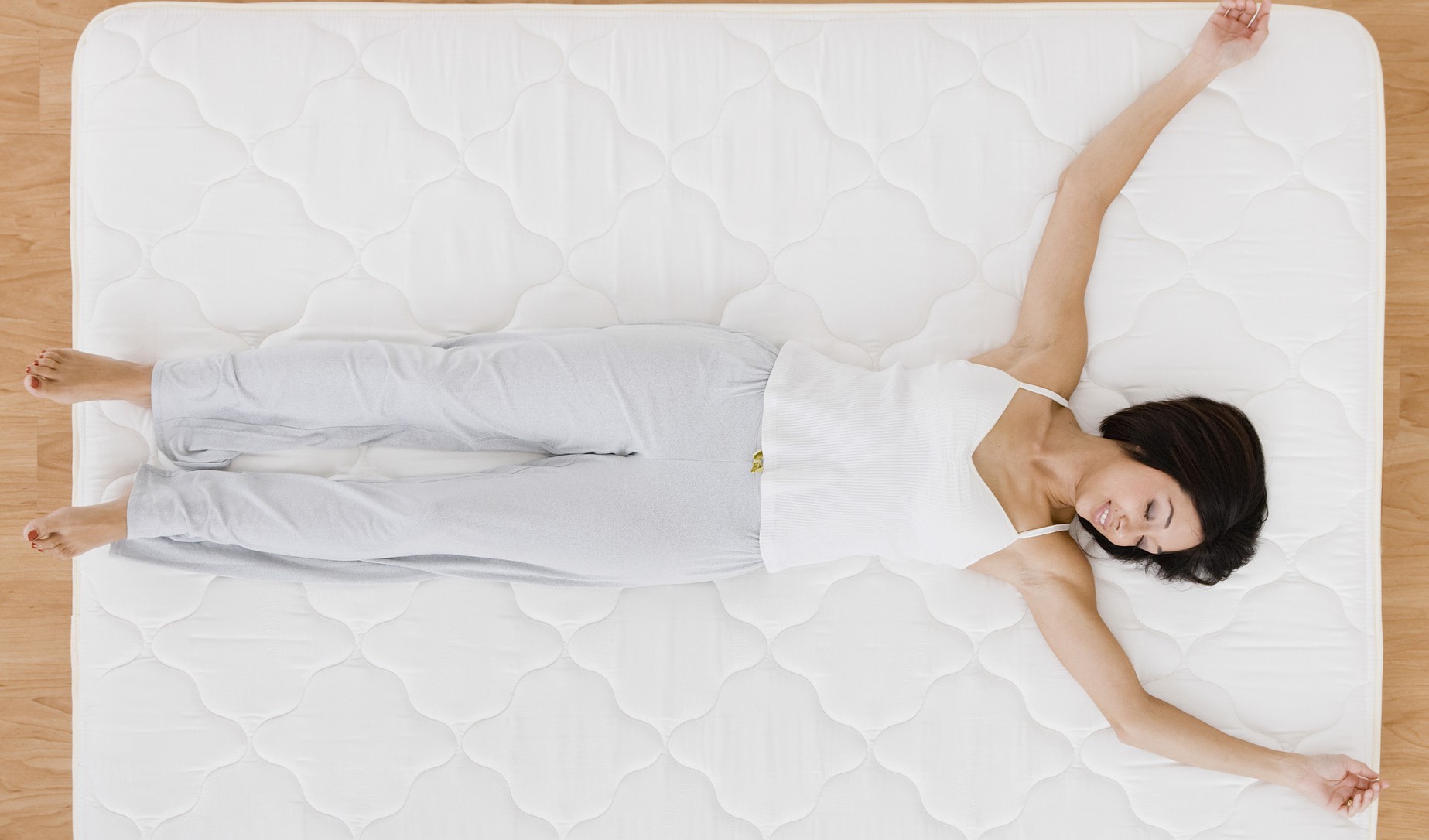





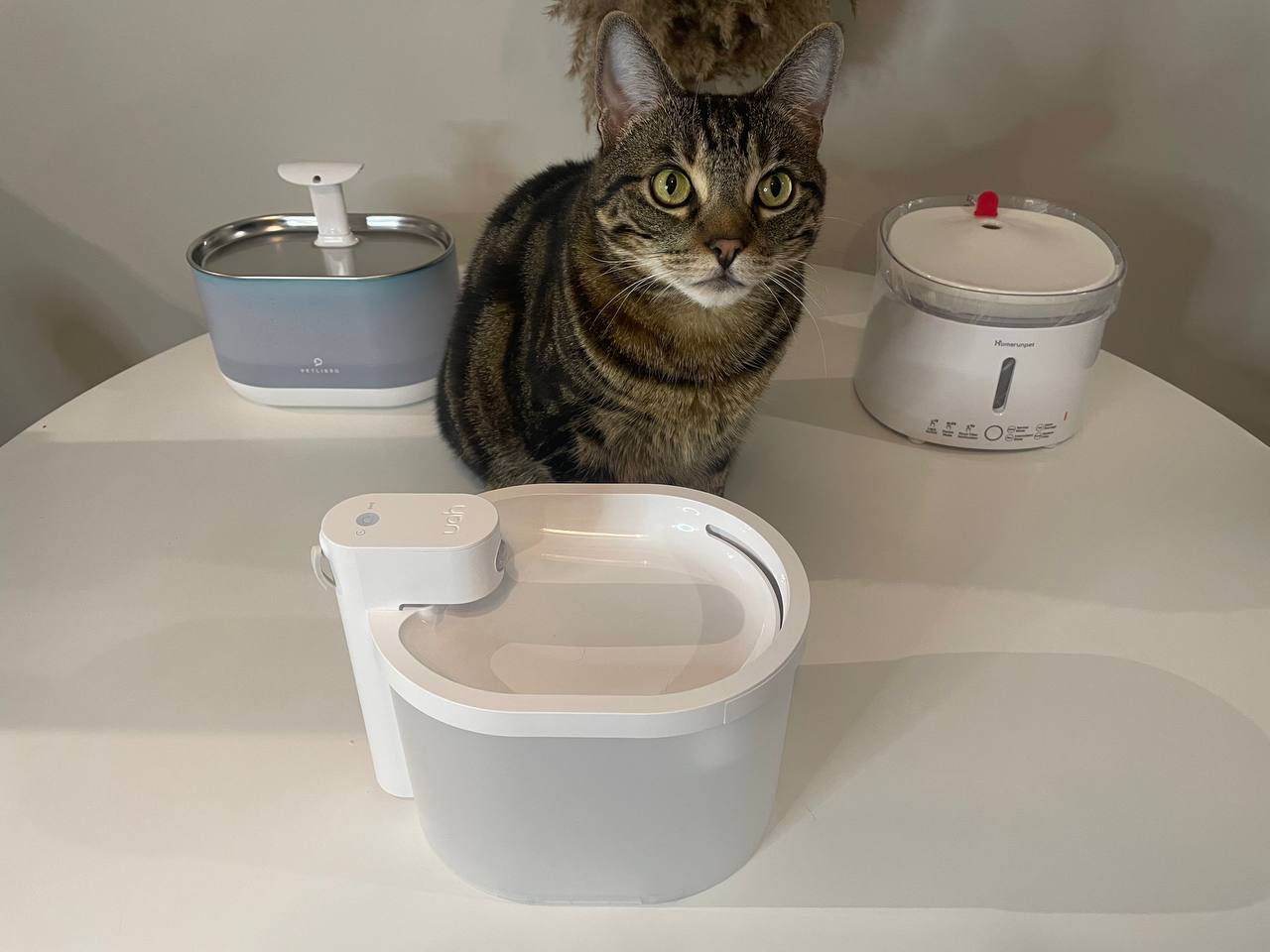
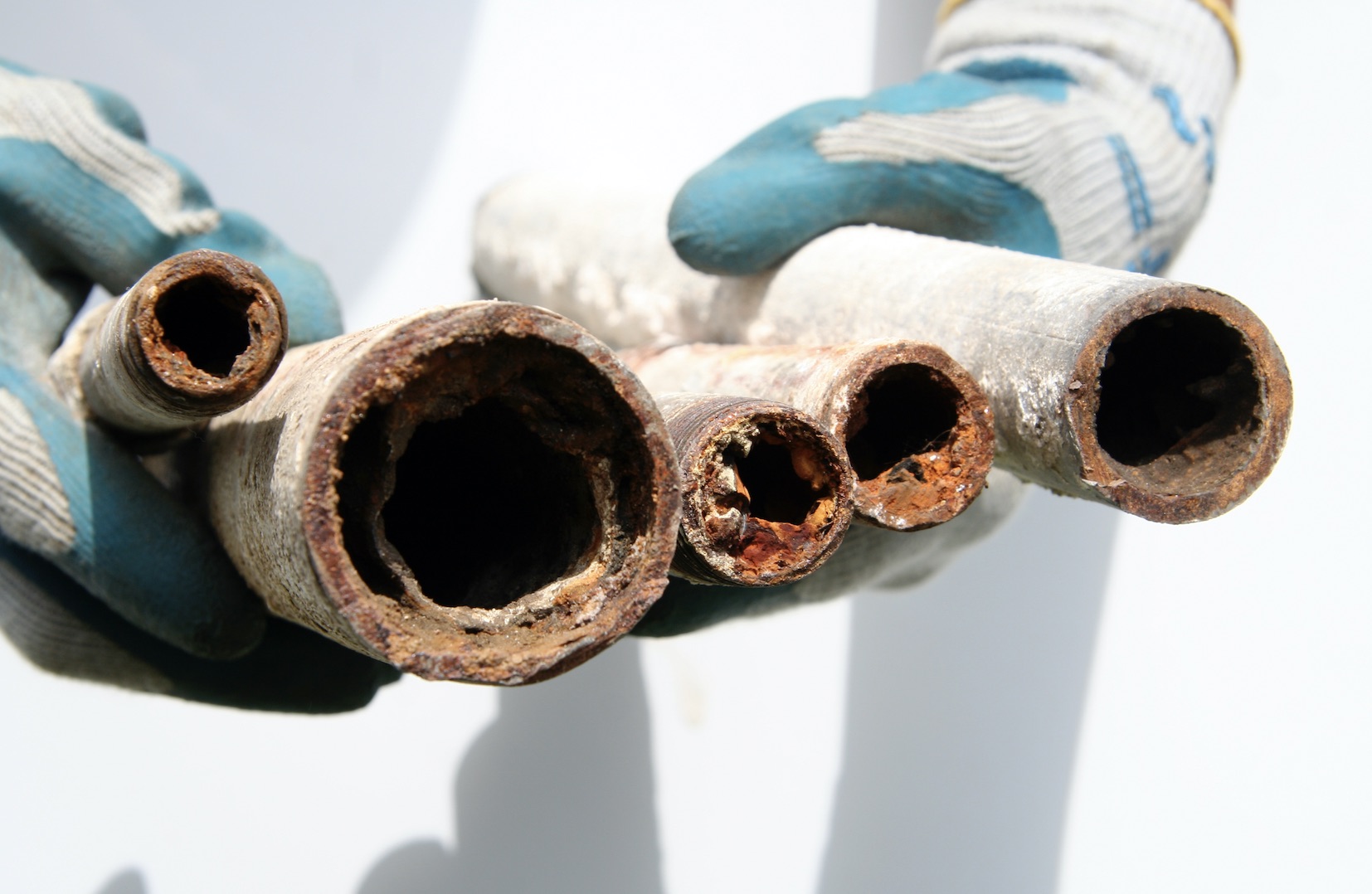
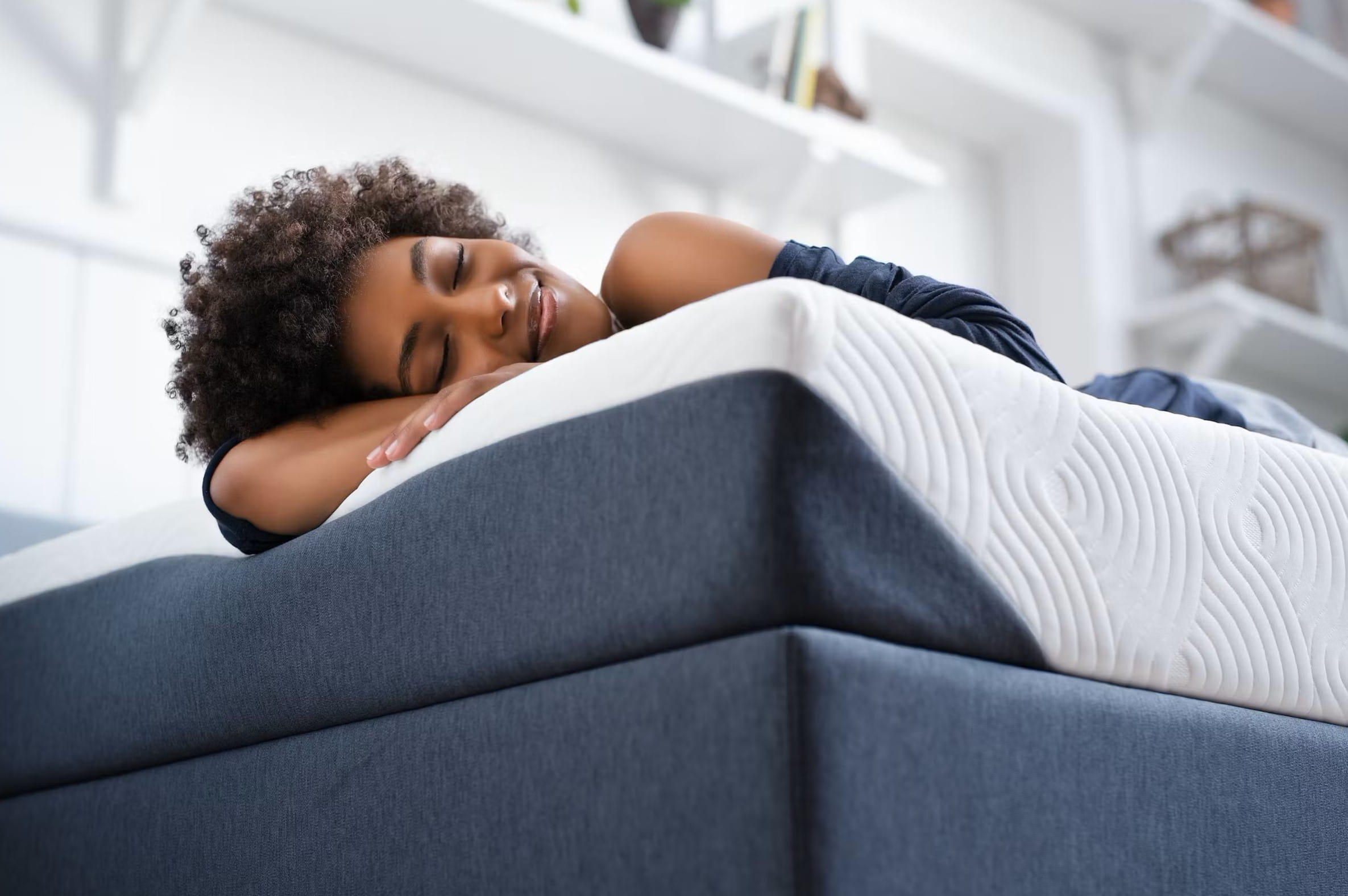
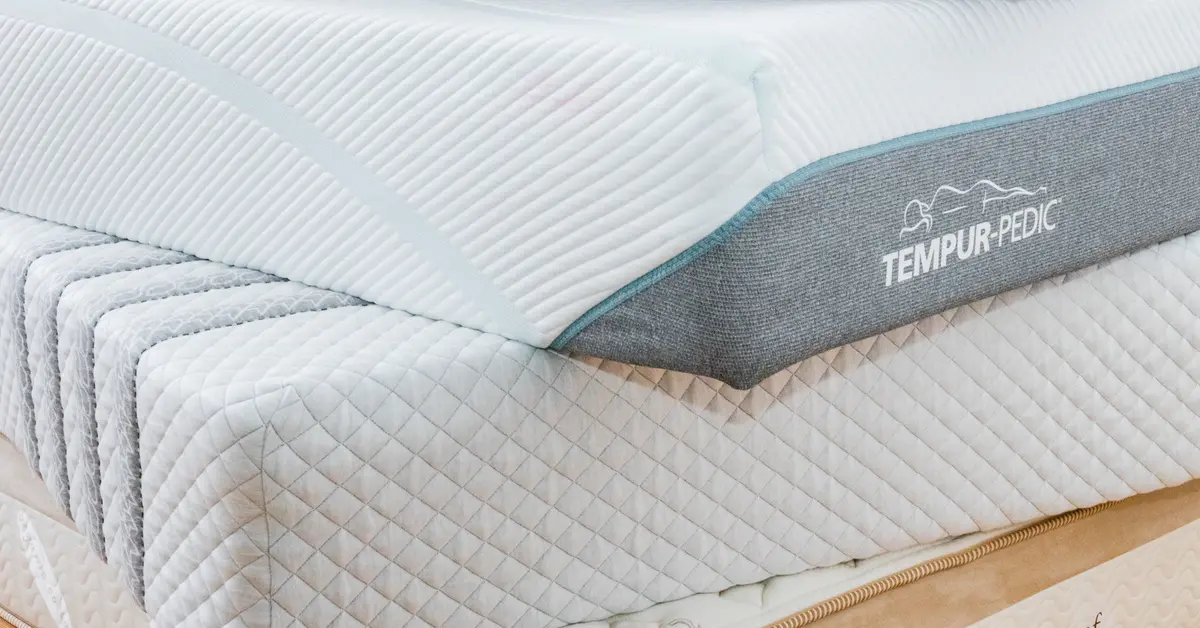

0 thoughts on “Why Does Memory Foam Hurt My Back”